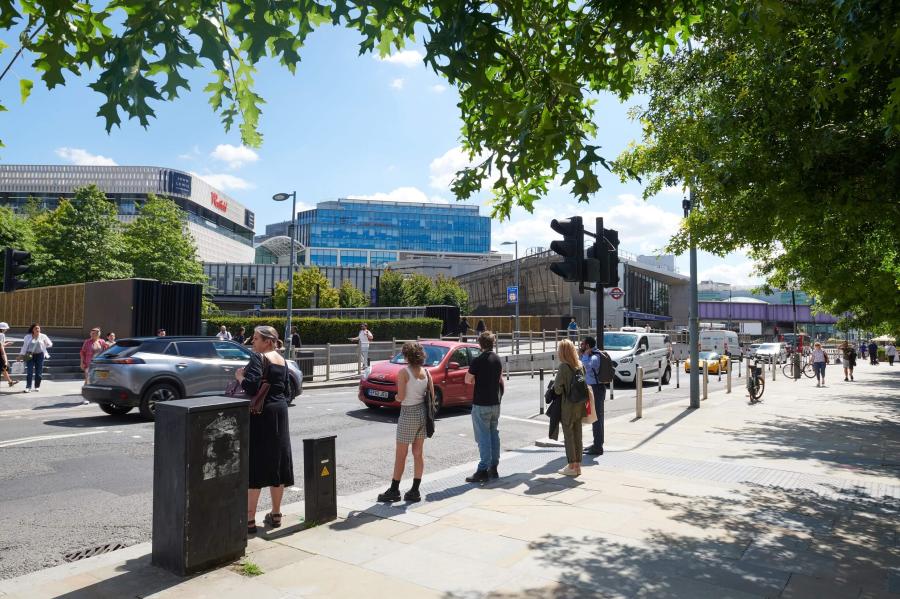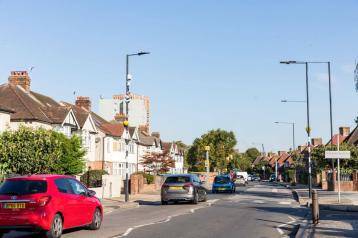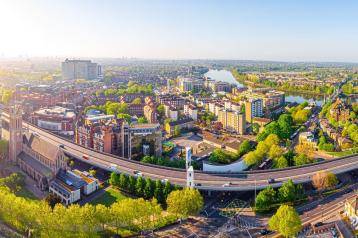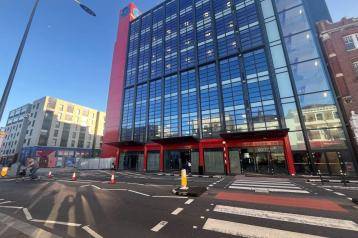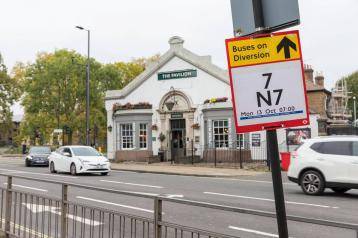
Hammersmith & Fulham Council has created a new alliance to clean our dirty air and improve residents' health.
Running under the banner 'Better Air, Better Health', the pioneering partnership brings together health and air pollution experts from H&F Council, Imperial College London's Environmental Research Group (ERG) and Imperial College Healthcare NHS Trust.
It was launched at Imperial College London's White City campus on Friday 9 February.
Set to help cut local air pollution and reduce the impact of associated health risks, it forms the latest move on H&F's objective to create a cleaner and safer borough.
Dirty air is a threat to us all. We're working in partnership with experts at Imperial College London and Imperial College Healthcare NHS Trust to deliver a cleaner, healthier and greener borough as we take back control of the air we breathe."
— H&F Leader Cllr Stephen Cowan
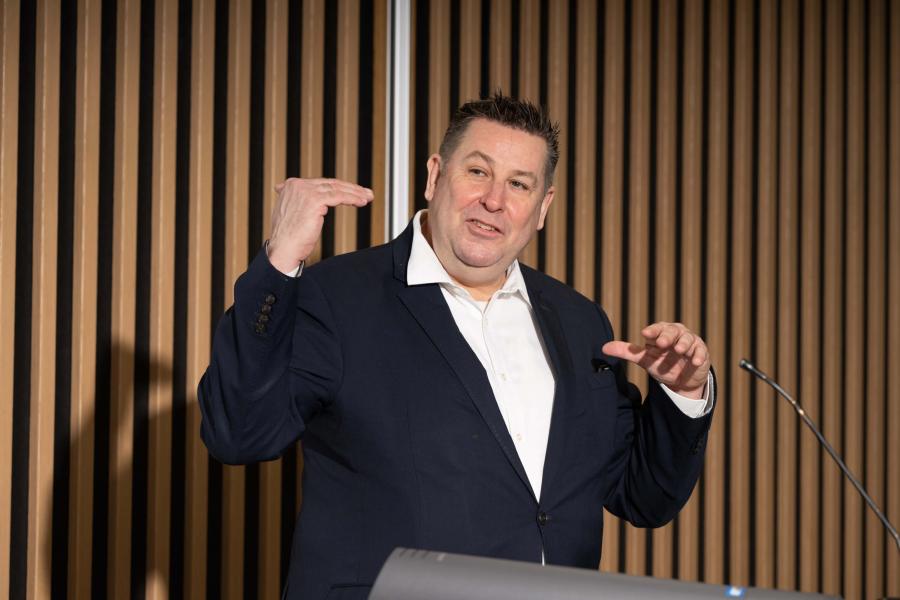
Health emergency
The three year programme will also help raise awareness of air quality in the borough and help residents reduce their exposure to pollution.
H&F Council's 2023 air quality report (PDF, 2.2MB) shows that there are no 'safe' level of pollution in the borough, with local levels of nitrogen dioxide (NO2) exceeding the annual average World Health Organisation Air Quality Standards of 10 µg/m3.
"Even though air quality has improved in recent decades, it is still affecting the health of all residents, especially children and those with pre-existing health problems," said Professor Frank Kelly, Director of the ERG.
Between 74 and 83 early deaths in H&F can be attributed to man-made air pollution, according to latest modelled estimates. It's the eighth highest level in London, says King's College London. A further 8.1 per cent of early deaths per year are attributed to small particulate matter.
"We welcome and applaud Hammersmith & Fulham's ambition to improve air quality in the borough and to reduce the health burden that currently exists and is putting pressure on the NHS," Kelly added.
Residents can find further information on the impacts of air pollution and practical advice on the Imperial College London website.
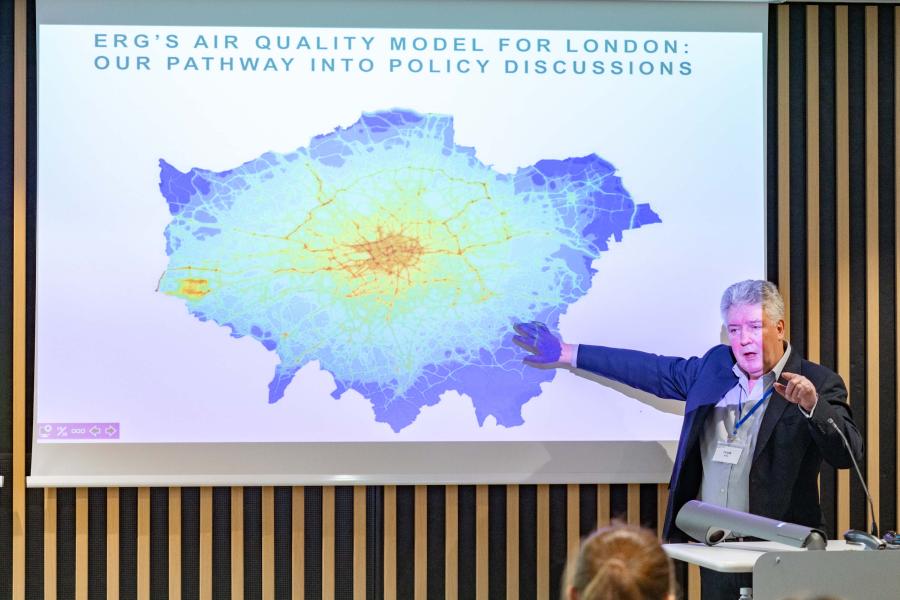
Action on dirty air
H&F is already pioneering pollution-busting action, including 'solar leaf' clean air tech and Tiny Forests, Britain's densest network of EV charge points, energy-efficient homes built to Passivhaus environmental standards and local heat networks to help switch the borough to cleaner energy.
Meanwhile, more than 100 White City homes have now joined our WellHome study. Run by the ERG, it explores seasonal changes in air quality, both inside and outside the home, and behavioural changes that can reduce this exposure and, as a result, improve residents' health.
"I'm delighted that we are joining forces with Hammersmith & Fulham Council and Imperial College London for this ambitious project to improve local air quality," said Dr Bob Klaber, Director of Strategy, Research and Innovation, and Net Zero Board Lead, at Imperial College Healthcare NHS Trust, which runs both Charing Cross Hospital and Hammersmith Hospital.
"This is a huge challenge locally and can only be addressed by making the most of our collective expertise, working together with our local communities," Klaber added.
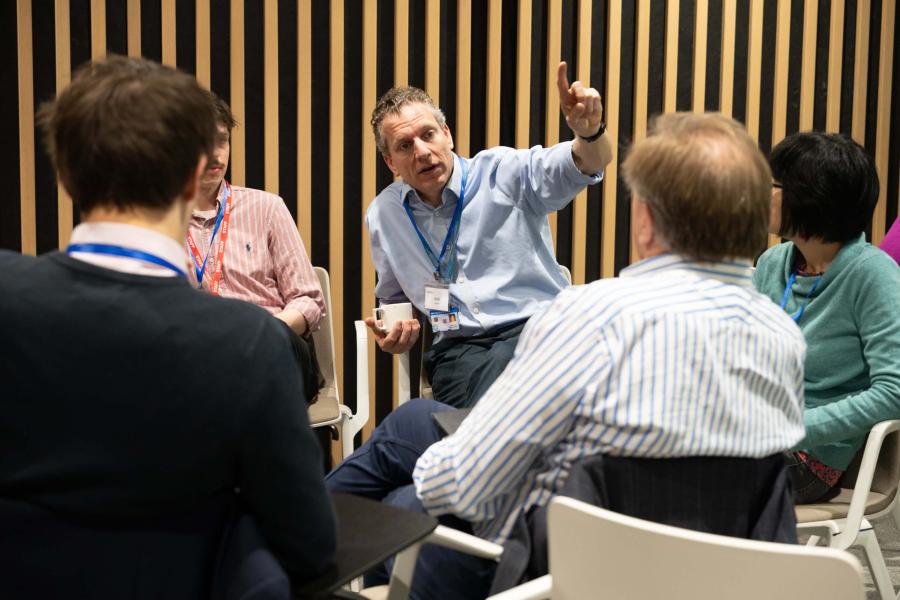
Prospering partnership
H&F has a track record of driving local action through partnership, such as the booming White City Innovation District.
Driven by our Industrial Strategy, the area allows scientists from the world-leading university, Imperial College London, to work hand in glove with innovation-driving entrepreneurs.
Since 2017, it has helped create 8,100 jobs across life sciences, green tech and the creative industries, and attracted £6billion in investment – more than all the rest of West London combined.
